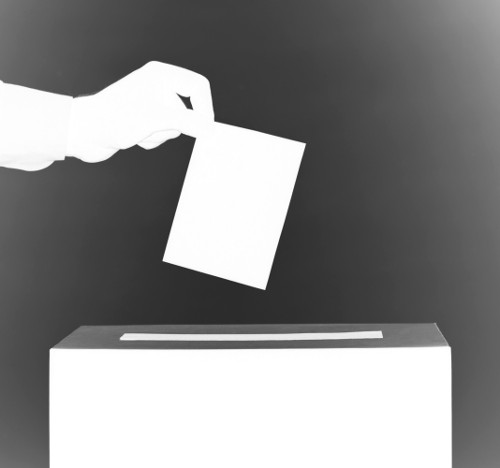Public costs drive promises
 Early voting is open ahead of the NSW state election this weekend, with candidates working themselves ragged to put forth their vision for the state.
Early voting is open ahead of the NSW state election this weekend, with candidates working themselves ragged to put forth their vision for the state.
As ever, the two main contestants are the Coalition and Labor.
The Coalition leader, incumbent premier Dominic Perrottet, is attempting to keep his government in power for a record fourth term, while Labor’s leader Chris Minns is attempting to put his party in power for the first time in over a decade.
The Parliament’s lower house also features a sizeable crossbench of independents and MPs from smaller parties. Nine crossbenchers won election in 2019, with more tipped to join them this year.
Gareth Ward, a former Liberal minister, has decided to contest this election as an independent, and there are five so-called “teal” independents running.
Polls currently have Labor in a very narrow lead. Whether Labor wins office or the Coalition secures a fourth term, NSW will face another couple of years of budget deficits and a rising debt load to service, according to the Parliamentary Budget Office (PBO).
NSW Labor has put forth a series of pledges, including to restore penalty rates, prevent hospital privatisation, improve hospital staffing levels, address teacher shortages, retain public assets, independently fund the state’s corruption watchdog, and more.
Meanwhile, the state’s Liberal party is promising to grow the economy and create jobs without new taxes, reduce pressure on household budgets and invest in frontline services.
Both leaders say they have to spend big to combat the rising cost of living including higher rental costs, mortgage repayments, energy bills and other factors.
Polls show that since October, cost-of-living has been the dominant issue facing NSW voters.
Economists warn that the spending promises made during the campaign may not eventuate, with a weakening economic outlook likely to force the next government to slash its commitment list once the weekend is over.
The public sector wage bill is one of the largest single expenses that a government can control.
Labor has a plan to scrap a public sector wage cap of 3 per cent in favour of separate negotiations, which economists say would be the biggest potential risk to the future budget.
But both Labor or the Coalition have promised to save money on executive salaries in the public sector.
The state could save $617 million over four years by cutting back senior public servant positions by 15 per cent and freezing the wages of parliamentarians for two years, according to the PBO’s Labor budget impact statement.
The savings for the forward estimates would be $122.8 million in 2023-24, $238.1 million in 2024-25, and $251.2 million in 2025-26.
The Coalition’s pledge to cut back on senior public servants would also save $573.2 million over four years. Over the forward estimates, it would save $88.2 million in 2023-24, $239.5 million in 2024-25, and $245.5 million in 2025-26.
However, the PBO has cautioned that if public wage growth does not keep up with the private sector, it could impact staff retention.
The PBO noted that wages represent over 40 per cent of the government's operating expenses, and higher than expected wage growth could present a significant risk for the budget outlook.
NSW Labor has said it would abolish the public sector wage cap, but the PBO did not provide a costing for this measure.
The PBO noted significant risks that wage growth could exceed the government's targets and that fully offsetting savings may not be identified.
The Industrial Relations Commission would be more likely to increase wages during times of higher inflation, the PBO said, adding that achieving productivity savings would require negotiating with the unions, which had historically been difficult in practice.
Labor’s policy to cut back on NSW agency use of contractor hire by 25 per cent would save $1.6 billion over four years, according to the budget impact statement.








 Print
Print